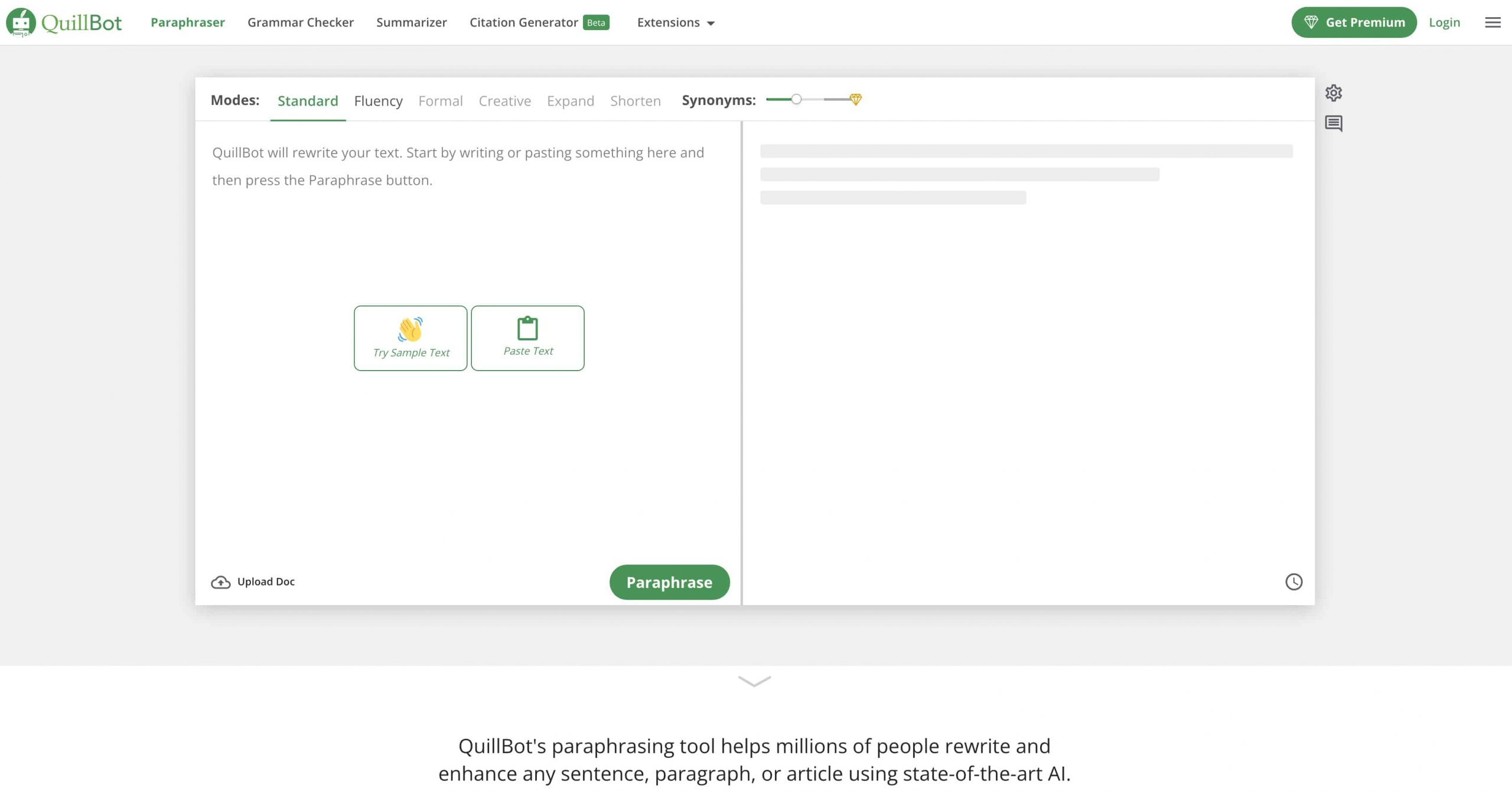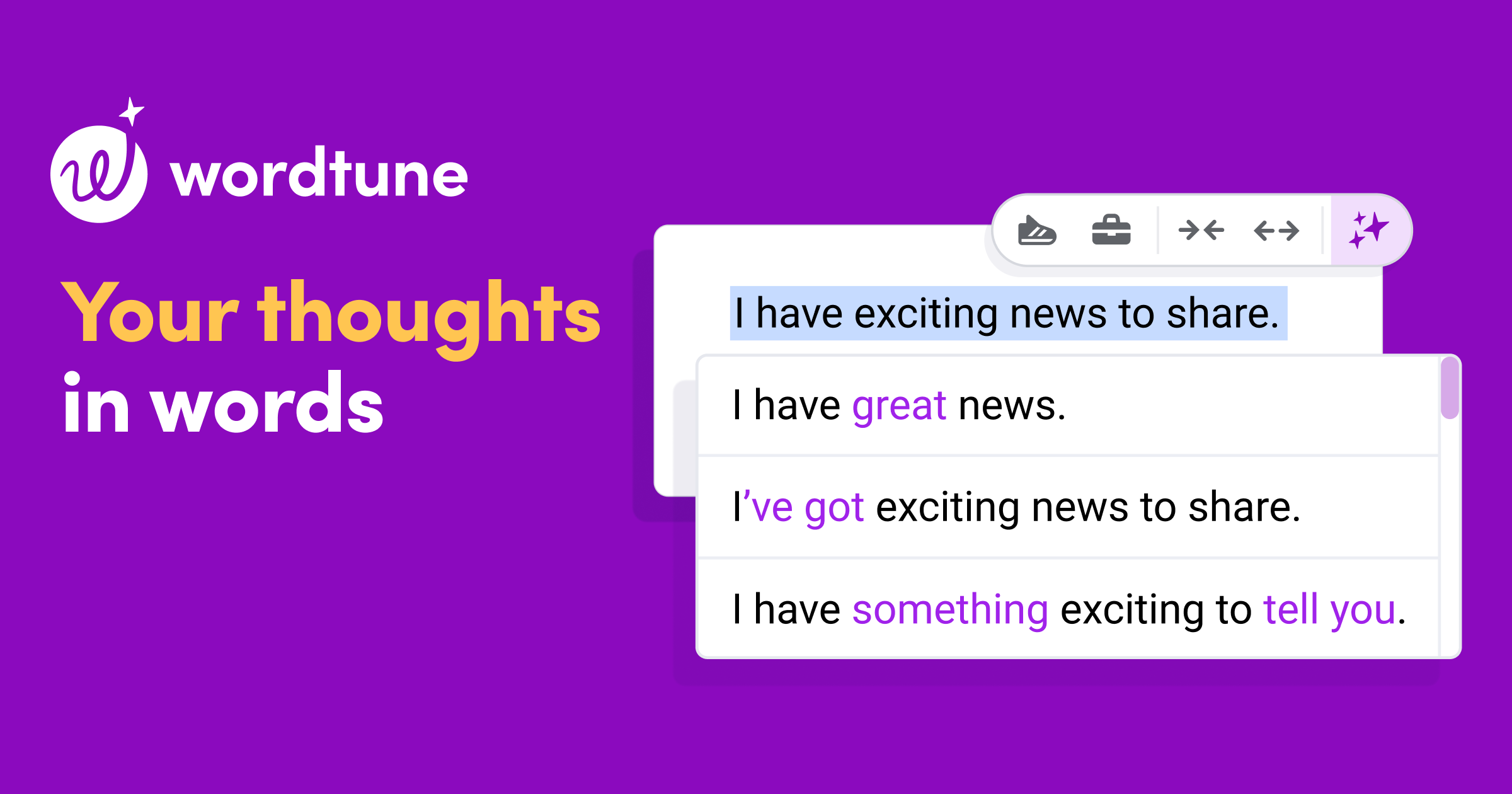


Apr 18, 2025
-
By Julia
Ever found yourself rewording a sentence from a source and wondering, "Is this still plagiarism?" Learning how to paraphrase without plagiarizing is a valuable skill that allows you to incorporate others' ideas into your writing by expressing them in your own words.
However, without proper techniques, paraphrasing can inadvertently lead to plagiarism, a serious academic and ethical offense.
Effective paraphrasing involves more than just swapping out words for synonyms; it requires a thorough understanding of the original material and the ability to convey its meaning authentically in your unique voice.
Moreover, even when paraphrased correctly, it's crucial to cite the original source to give proper credit to the original author.
In this guide, we'll explore what paraphrasing entails, why it's important, and how to do it correctly to maintain the integrity of your work.
We'll also introduce tools and techniques to help you paraphrase effectively, ensuring your writing is both original and respectful of others' intellectual property.
Paraphrasing is the process of restating information from a source using your own words and sentence structure while preserving the original meaning. It's a fundamental writing skill that demonstrates your understanding of the material and allows you to integrate sources seamlessly into your work.
Unlike quoting, which involves copying a source word-for-word, paraphrasing requires you to digest the information and express it anew. This approach not only showcases your grasp of the subject but also helps maintain the flow and voice of your writing.
For example, consider the original sentence:
Original: "The rapid advancement of technology has transformed communication methods."
Paraphrased: "Communication methods have been transformed due to the swift progress in technology."
In this paraphrased version, the idea remains the same, but the wording and structure have been altered.
Effective paraphrasing involves more than just replacing words with synonyms; it requires a complete rephrasing of the original text. This skill is essential for avoiding plagiarism, as it shows that you've processed and understood the source material rather than merely copying it.
Remember, even when paraphrasing, it's crucial to cite the original source to give proper credit and maintain academic integrity.
A survey conducted by Donald McCabe at Rutgers University found that 38% of undergraduate students admitted to "paraphrasing/copying a few sentences from a written source without footnoting it," highlighting the prevalence of improper paraphrasing leading to plagiarism.

1. Demonstrates Understanding of the Source Material
Paraphrasing requires you to thoroughly comprehend the original text so you can express its ideas in your own words. This process showcases your grasp of the material and your ability to interpret and convey information accurately.
2. Avoids Plagiarism
By rephrasing content and citing the original source, paraphrasing helps you incorporate others' ideas ethically into your work. This practice is crucial in maintaining academic integrity and avoiding the serious consequences associated with plagiarism.
3. Enhances Clarity and Communication
Paraphrasing allows you to simplify complex or technical information, making it more accessible to your audience. This skill is particularly useful when explaining intricate concepts in a way that is easier to understand.
4. Improves Writing Skills and Vocabulary
Engaging in paraphrasing exercises can expand your vocabulary and enhance your writing style. By exploring different ways to express the same idea, you develop a more versatile and effective writing approach.
5. Integrates Sources Seamlessly
Proper paraphrasing enables you to incorporate information from various sources smoothly into your writing. This integration supports your arguments and provides evidence without disrupting the flow of your narrative.

Paraphrasing is more than just swapping words; it's about conveying the original idea in your unique voice while maintaining the intended meaning. Follow these steps to paraphrase effectively:
1. Read and Understand the Original Text
Begin by reading the original passage multiple times to grasp its full meaning. Ensure you understand the context, tone, and nuances before proceeding.
2. Set the Original Aside
After understanding the text, set the original aside to avoid mirroring its structure and wording. This encourages you to express the idea independently.
3. Write the Paraphrase in Your Own Words
Without looking at the original, write the idea as you would explain it to someone else. Use your own sentence structure and vocabulary to ensure originality.
4. Compare with the Original
Review your paraphrase alongside the original text to ensure you've accurately captured the meaning without copying phrases. Adjust as necessary to maintain fidelity to the original idea.
5. Use Synonyms and Alter Sentence Structure
Incorporate synonyms where appropriate and change the sentence structure to further differentiate your paraphrase from the original. Be cautious not to distort the meaning.
6. Maintain the Original Meaning
Ensure that your paraphrase accurately reflects the original idea. Avoid introducing new interpretations or omitting critical information that alters the intended message.
7. Cite the Original Source
Even though the words are your own, the ideas belong to the original author. Provide proper citation to give credit and avoid plagiarism.

Paraphrasing is more than just replacing words with synonyms; it involves rearticulating ideas to reflect your understanding while preserving the original meaning. Here are several techniques and best practices to enhance your paraphrasing skills:
1. Use Synonyms Thoughtfully
Replace words with appropriate synonyms to alter the wording without changing the meaning. Ensure that the chosen synonyms fit the context accurately. For example, "rapid" can be replaced with "swift," but be cautious with words that have nuanced differences.
2. Change Word Forms
Modify the grammatical form of words, such as converting nouns to verbs or adjectives to adverbs, to create variation in expression.
Example:
3. Alter Sentence Structure
Rearrange the sentence structure by changing the order of clauses or switching between active and passive voice.
Example:
4. Break Up Long Sentences
Divide complex sentences into shorter ones to simplify and clarify the information.
Example:
5. Combine Short Sentences
Merge shorter sentences to create a more fluid and cohesive narrative.
Example:
6. Use a Combination of Techniques
Employing multiple paraphrasing strategies simultaneously can lead to more effective and nuanced rephrasing.
Example:
7. Maintain Original Meaning
Ensure that your paraphrased version accurately reflects the original idea without distortion or omission of key information. Misrepresenting the source material can lead to misinformation and undermine your credibility.
8. Cite the Source
Even when paraphrasing, it's essential to credit the original author to avoid plagiarism. Proper citation acknowledges the original work and allows readers to trace the source of information.
9. Practice Regularly
Paraphrasing is a skill that improves with practice. Engage in regular exercises, such as rephrasing paragraphs from articles or textbooks, to enhance your ability to express ideas in your own words.
10. Utilize Paraphrasing Tools Wisely
While tools like Grammarly and QuillBot can assist in paraphrasing, use them as aids rather than crutches. Always review and edit the output to ensure it accurately conveys the original meaning and aligns with your writing style.
By applying these techniques and practices, you can effectively paraphrase content, demonstrating comprehension and maintaining academic integrity.
While manual paraphrasing is ideal, several tools can aid the process. Have a look below:
 Kroolo is an AI-powered paraphrasing tool designed to enhance your writing by making it clearer, more engaging, and error-free. Ideal for product managers, marketers, copywriters, and students, Kroolo simplifies the writing process with its intuitive interface and advanced AI capabilities.
Kroolo is an AI-powered paraphrasing tool designed to enhance your writing by making it clearer, more engaging, and error-free. Ideal for product managers, marketers, copywriters, and students, Kroolo simplifies the writing process with its intuitive interface and advanced AI capabilities.
Features
Best for: Product managers, marketers, copywriters, and students seeking an efficient and user-friendly paraphrasing tool.

via QuillBot
QuillBot is a versatile AI-powered paraphrasing tool that helps users rewrite, edit, and change the tone of their text to improve clarity and comprehension. It's widely used by students and professionals to enhance their writing.
Features
Best for: Students, educators, and professionals looking for a comprehensive paraphrasing and writing enhancement tool.

via Wordtune
Wordtune is an AI-powered writing assistant that helps users rephrase sentences to improve clarity, tone, and style. It offers real-time suggestions to enhance writing and ensure it aligns with the intended message.
Features
Best for: Professionals and students aiming to refine their writing for clarity and engagement.
 via Grammerly
via Grammerly
Grammarly is a comprehensive writing assistant that not only checks for grammar and spelling errors but also offers paraphrasing suggestions to improve sentence structure and flow.
Features
Best for: Writers seeking comprehensive writing assistance with paraphrasing and grammar correction.
 via Wordvice AI
via Wordvice AI
Wordvice AI Paraphraser is tailored for academic and professional writing, offering multiple modes to rephrase text while maintaining the original meaning and ensuring a formal tone.
Features
Best for: Academics, researchers, and students focusing on scholarly writing and research papers.
These tools can be valuable aids in the paraphrasing process, helping to ensure originality and clarity in your writing. Remember to always review and edit the output to maintain the intended meaning and tone of your work.
Conclusion
Paraphrasing doesn't have to be daunting. By truly understanding the source material, rewording it in your own voice, and citing appropriately, you can confidently incorporate others' ideas into your work without the risk of plagiarism.
Remember, it's not just about changing a few words here and there. Effective paraphrasing involves rethinking the original content and expressing it uniquely while preserving its meaning.
Looking for a FREE AI Paraphrasing tool? Give Kroolo's AI Paraphrasing Tool a try—it’s free and designed to make your writing clearer and more engaging.
Sign up today and let's get started!
Tags
Productivity
AI